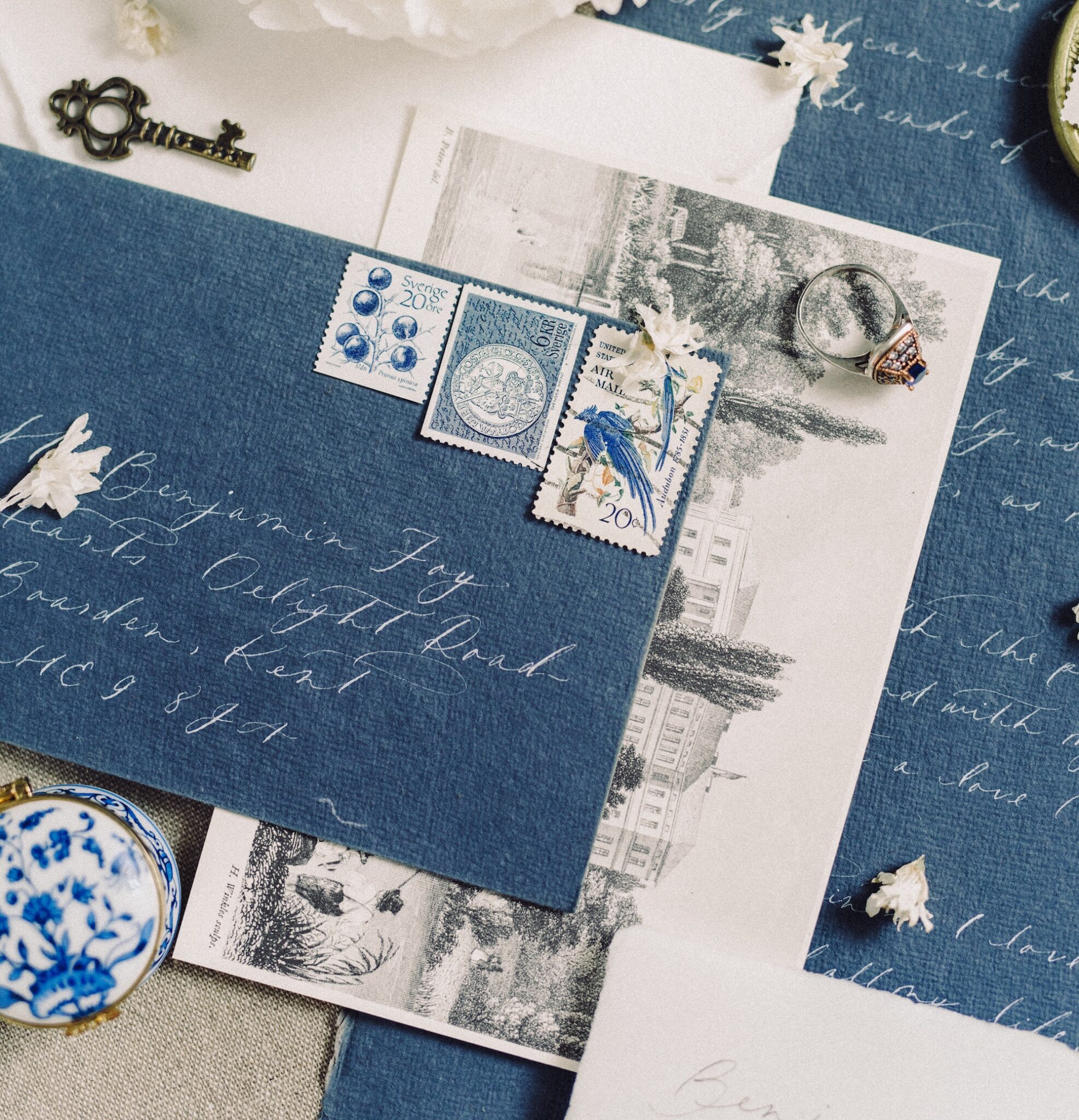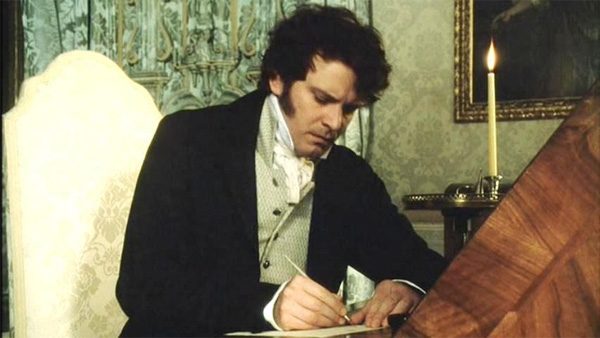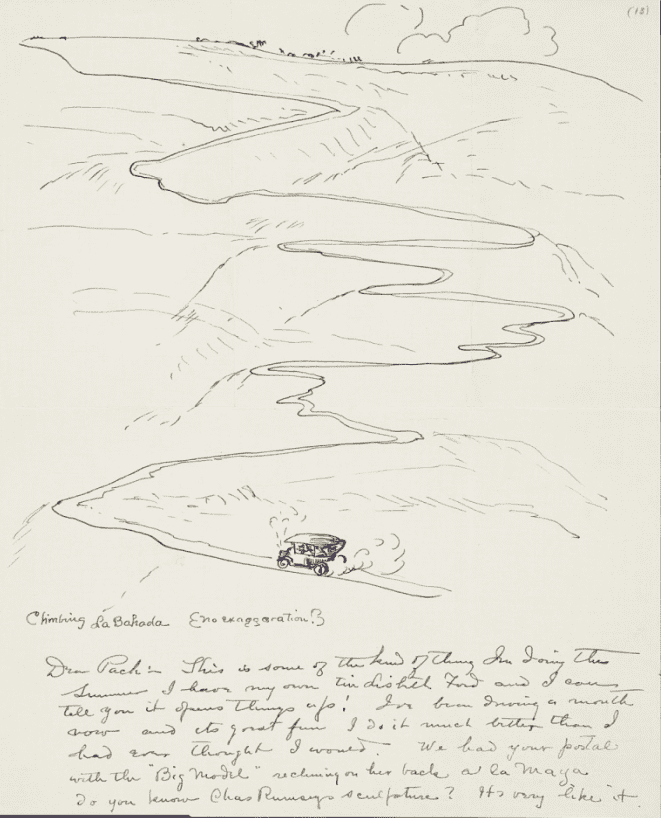
I never understood why we had to write letters in elementary school. We would sit down after recess, locate our favorite pencil, promptly break it, asking psssst does anyone have another?
The teachers had to know an inevitable onslaught of confusion was coming their way: where do the addresses go? Should we use sincerely or yours? If they endeavored to add penpals to the equation… it was more treacherous still.
I figured that if the goal was to improve our writing skills, there were countless other ways to go about it – none involving formatting so foreign to 10-year-olds.
I write letters all the time now. By no means am I someone who has eschewed modern technology in favour of an old fashioned lifestyle (my screen time is laughing at me for even writing that), but I’m realizing that rounding out my communication to the world outside myself in this way has been exactly what I’ve needed over these past few years.
The first handwritten letter dates back to 500 BC. Until the invention of the telegraph in 1844, letters were the main method of communicating across distances. While our minds might associate the practice with nothing more than the sentimental love letters found in Jane Austen, letterwriting was how the world functioned on a day to day basis.

In the BBC rendition of Pride and Prejudice, Darcy hastily pens a letter.
Written history as we know it has relied heavily on the writing of letters. Beyond the correspondence of great leaders, we know more about how those in the past ate, dressed, even how they dreamt, than we would have from other forms of records alone.
Today, letter writing is seen as more of a frivolity, but I would argue its abundant benefits to one’s mental health render it far more of an essential than many realize. To me, penning a letter is a way of sorting through your feelings.
When the relief of ending an exchange with the quick thumbs up of a message is nowhere to be found, you are compelled into continued thinking and feeling – beyond when you may want to stop. A sitting blank page urges you to fill up its empty space, and I’ve found my emotions and positions clarified as a result of this insistence.
What can be placed on the page isn’t limited to words. Although there has been an acute decline in the amount of letters written since the 19th century, there still remains a deep fascination associated with the art of letterwriting.
Letters have and can include drawings, clippings of other texts, even a spray of a signature perfume (it is clearly impossible for me to disentangle the practice from Jane Austen entirely). The Smithsonian has an exhibit on this practice: More Than Words: Illustrated Letters from the Smithsonian’s Archives of American Art.
Letter writing is an open-ended medium, inviting creativity. Although the blank sheet may compel you to perform, there’s no accompanying decree as to how.

A letter sent from French artist John French Sloane to critic Walter Pach outlines his journey in his new car.
A letter, once finished, makes you as you were in its period of writing, concrete. The content divulges your consciousness. The date indicates exactly when. Even the handwriting offers insight: if you were rushing, whether you were writing at a desk or hunched over in bed.
In this way, a letter is an insistence of your experience and presence in the world. While perhaps that comes off overdramatic, in a world where so much is constantly happening, it can be reassuring to send off a version of yourself into the world – almost as an act of preparing for the next.
The simple joy of receiving a letter cannot be replicated. To return home after a long day, finding alongside a glossy advert for a local realtor, a message from a friend, offers an instant pick me up. If one comes as a response to a previous communication, you are reminded of who you were at the time of writing it.
There have been many instances of me receiving a response a month later, and having to work to remember what the person is referencing – what I was so stressed about at the time of writing. It brings things into perspective. Even the act of holding an envelope and its contents in your hand is a tangible reminder of those you care about and their care for you. Finding one in your desk drawer, eight months after the fact, has the same effect.
I urge you to write a letter. When teaching kids how to write “friendly or personal” letters, most resources insist there are 5 mandatory components: the heading, the greeting, the body, the close, and the signature line. While I now appreciate the class exercises where I was made to put pen to paper, I’ve realized a letter can take whatever form you need it to.
Write one that digs into a particular topic you cannot get off your mind. Write one that goes all over the place. Write one that just tells a joke. Send them to people you care about, I guarantee they (and your brain) will thank you.
Even after writing this I’m not sure I fully understand all the ways in which letter writing has helped me over the past few years. I know I can’t articulate them all. Sending and receiving letters has been a way to sort through the craziness of the world, keep in touch with friends and family with whom I’m separated, is a calming practice, and is something to look forward to.
For only the price of a stamp, why not?
–
[Publisher’s note: Mental health is one of Stardust Startups’ areas of focus. We support entrepreneurs making positive impact within the mental health sphere, such as Mindkit, Service Recovery Strategies, and the MirIAM.]
–
Julia is a graduate of McGill University in Economics and English Literature. She’s currently working in Montreal where she loves to explore the city. She believes that open dialogue on social and environmental issues is crucial. Get in touch with her at julia[at]starduststartupfactory.org.

